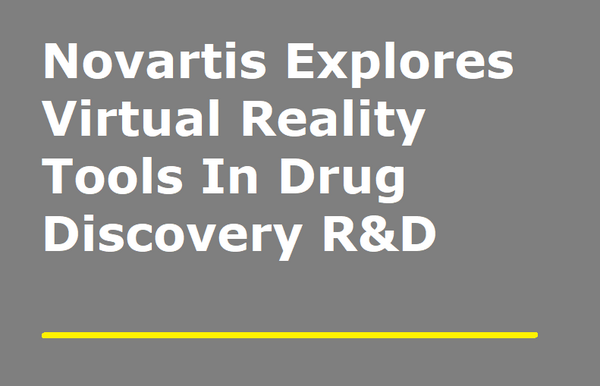The Increasing Potential of Virtual Reality in Drug Design
Using virtual reality (VR) for manipulating 3D models of molecules in the context of drug design is an emerging technological opportunity, which increasingly grabs attention among scientists at biotech startups, and larger pharmaceutical organizations.
Topics: AI & Digital

